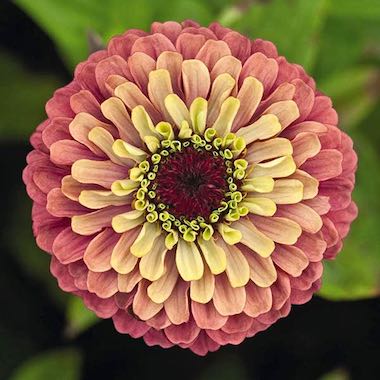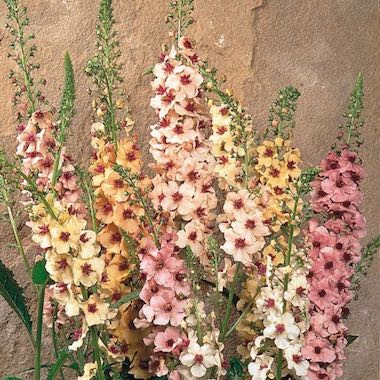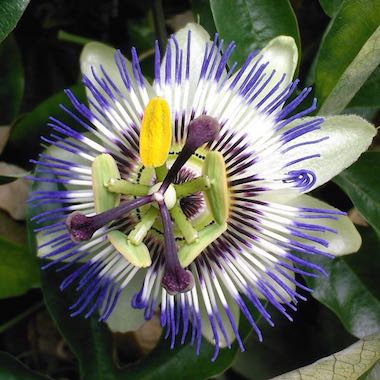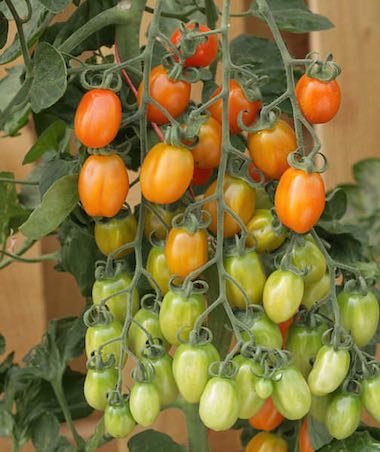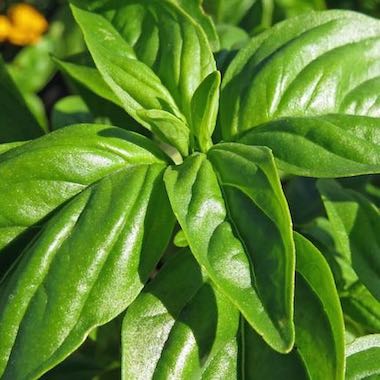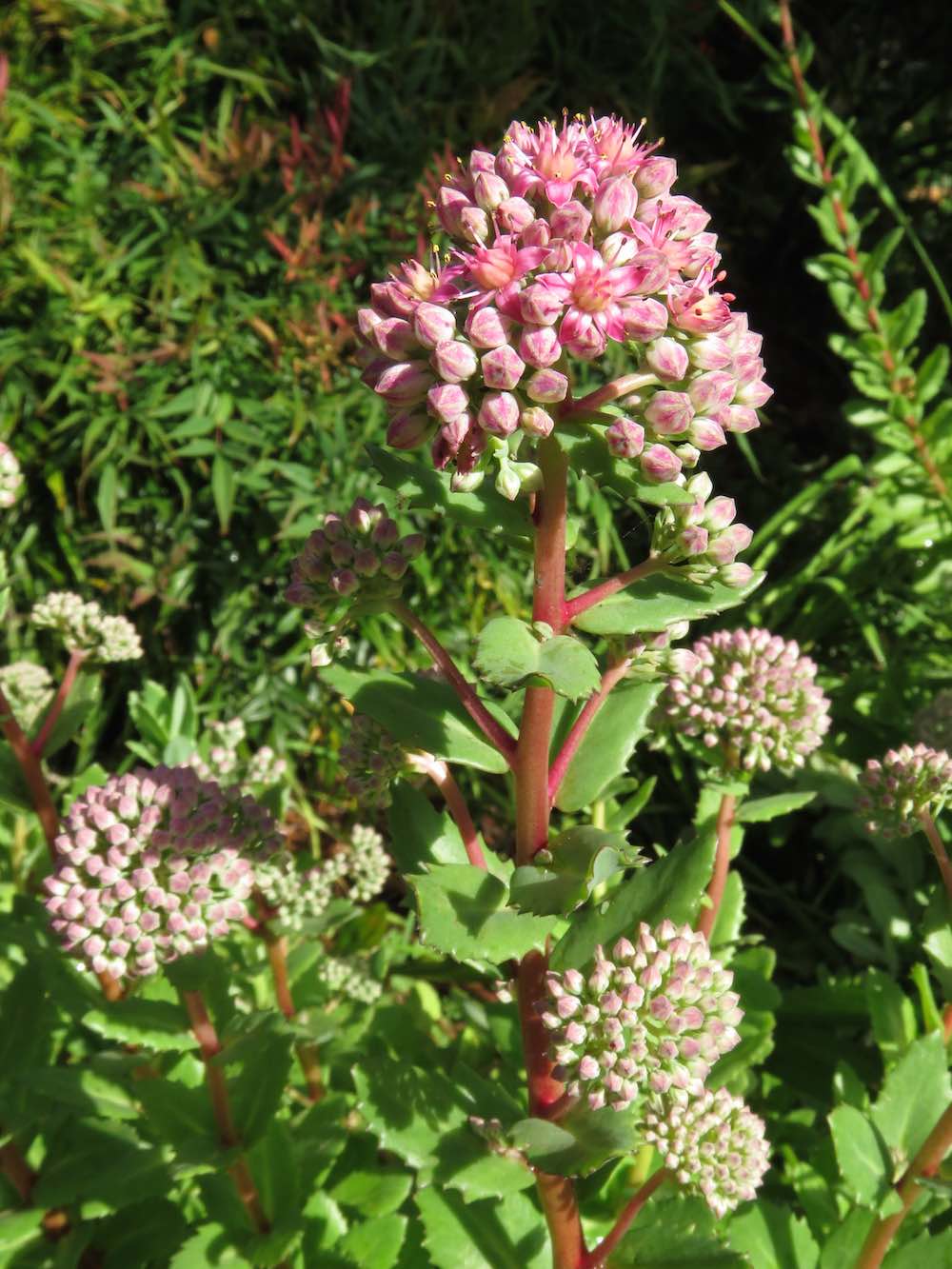
Sedum, also known as stonecrop, is a leafy succulent native to the Northern hemisphere. Some are annuals or creeping herbs, and sedums can also be large shrubs. Leaves can be a wide variety of colors and shapes, and some sedums put up long stems with showy flowers. Low-growing varieties are popular for low-maintenance ground covers and rock walls, and sedum plants are generally heat and drought tolerant. Some varieties are cold-tolerant and winter hardy to zone 3.
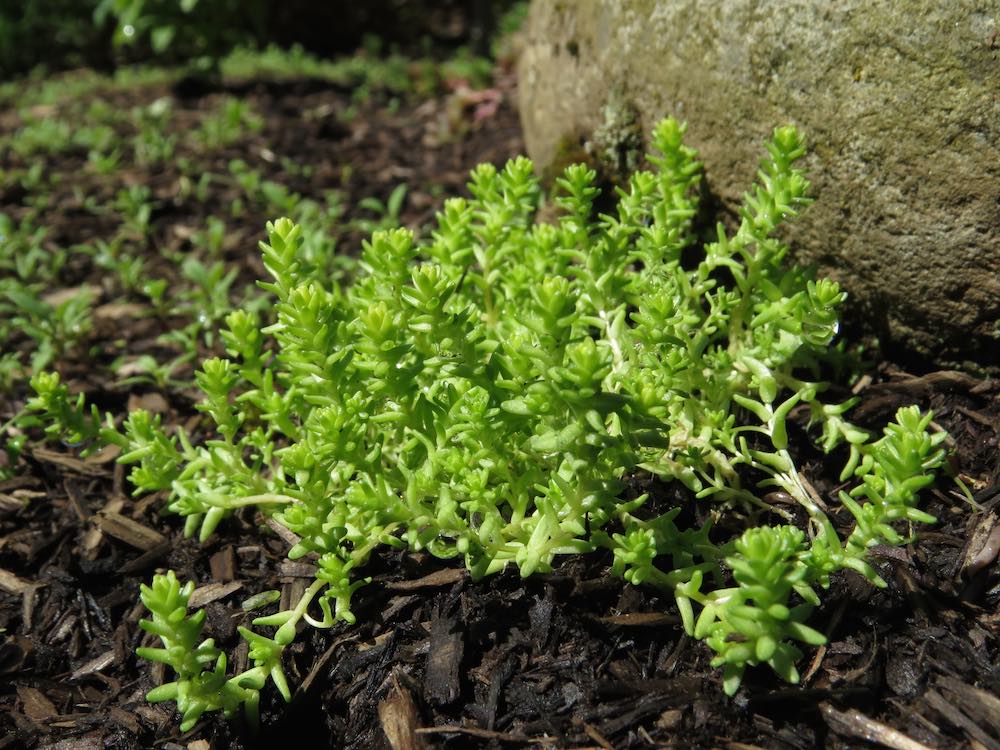
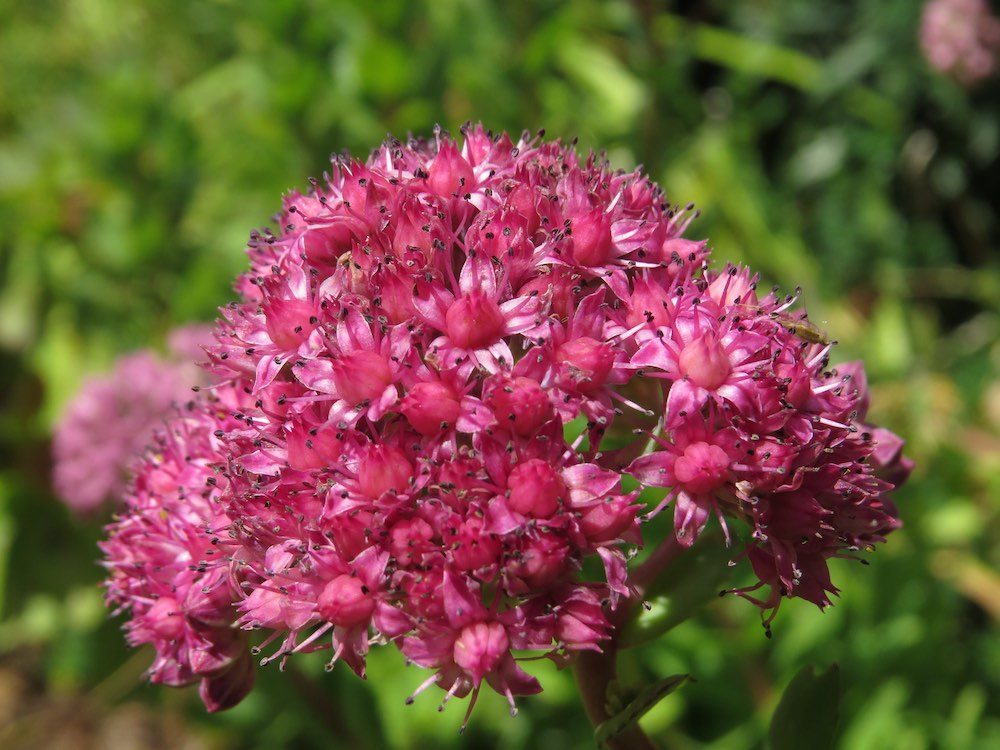
One of the most interesting things about sedum is its incredible variety. You can find sedum in shades of red, purple, silver, yellow, and a variety of greens. Flowering varieties also produce quite a range of flower colors. The sedum I use most in floral design is known as ‘Herbstfreude’, which produces hardy flowers on long, strong stems that start out green with a touch of white or pink and as they open and age, range from light pink, dark pink, brick red, and end in a rusty autumnal brown.
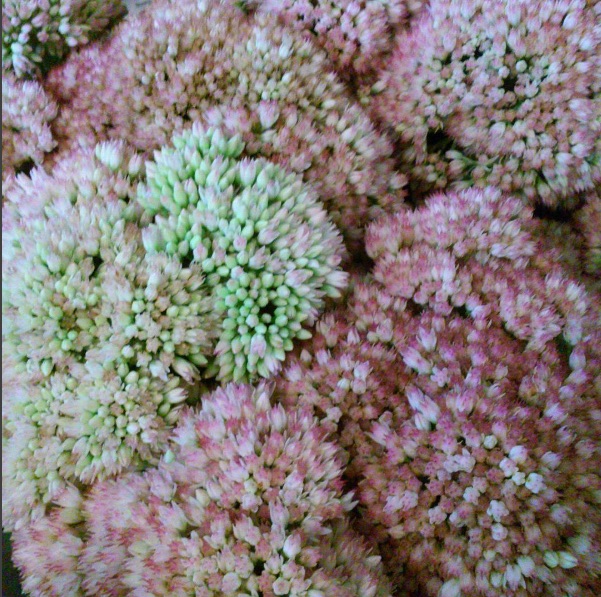
Sedum has long been cultivated as a garden plant, and the leaves of many sedums are considered edible. One variety, sedum reflexum, is used as a salad leaf or herb in Europe, including in the UK. Another variety, sedum divergens, has been considered a salad herb for a variety of First Nations people in British Columbia. In traditional Victorian floriography, sedum (stonecrop) means “tranquility.” In addition to being attractive and (sometimes) edible, sedum is very popular in current times as a plant for living roofs. Many large buildings are now using sedum as cover plants for their living roofs, including the California Academy of Sciences in San Francisco, the Ford Truck Plant in Dearborn, MI, and Nintendo’s North American headquarters in Redmond, WA.
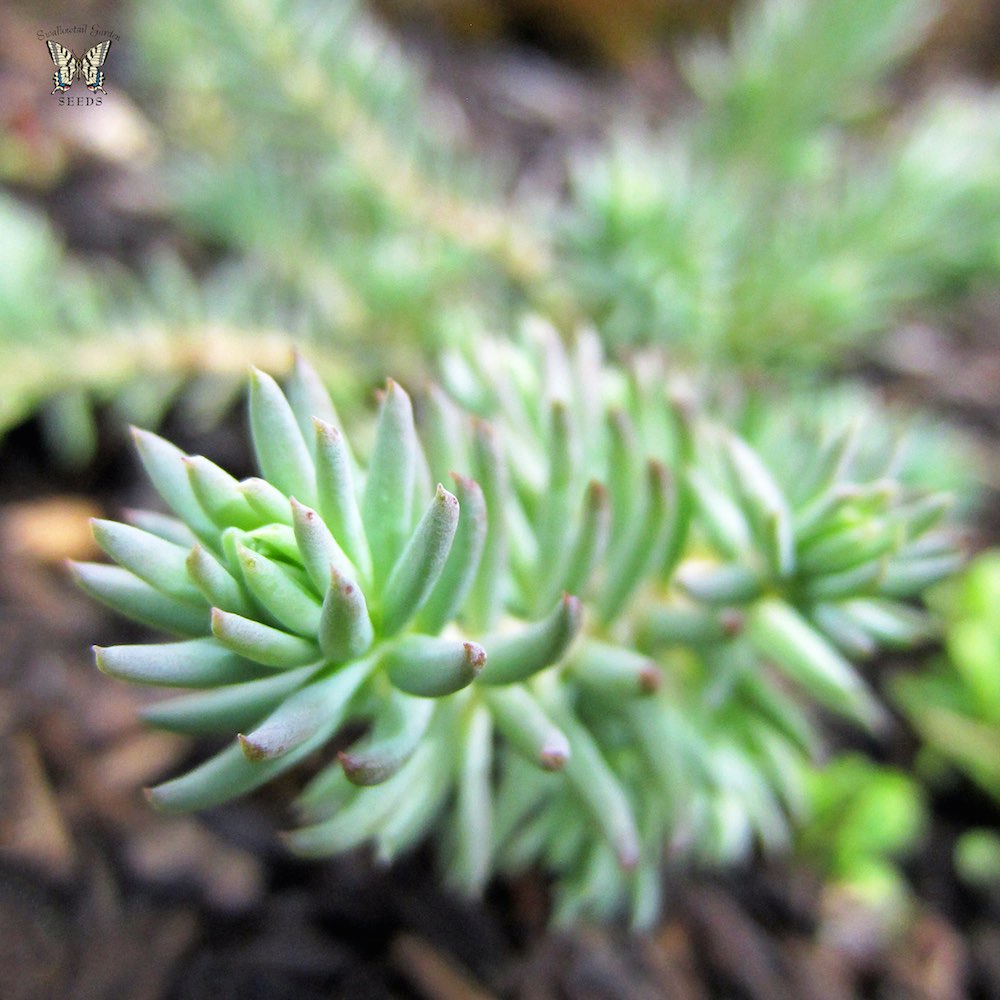
With such an incredible variety of shape, size, color, and use, what’s not to love about this amazing plant?


